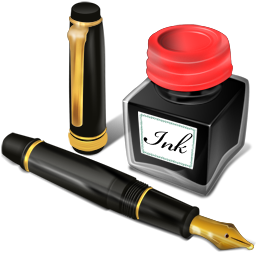Waste water Story
1. Fill in the blanks:
(a) Cleaning of water is a process of removing ……………….
1. Fill in the blanks:
(a) Cleaning of water is a process of removing ……………….
Answer: Contaminants
(b) Wastewater released by houses is called ……………
Answer: Sewage
(c) Dried ……………. is used as manure.
Answer: Sludge
(d) Drains get blocked by …………….. and …………………
Answer: Oil and fat
2. What is sewage? Explain why it is harmful to discharge untreated sewage into
rivers or seas.
Answer: The liquid waste which has water as its largest component;
along with various types of impurities; is called sewage. Discharging untreated
sewage into rivers or seas contaminates the water of these water bodies.
Contaminated water is dangerous for aquatic plants and animals. So, it is
harmful to discharge untreated sewage into rivers or seas.
3. Why should oils and fats be not released in the drain? Explain.
Answer: Oil and fats can clog the drains. In open drains, they
block the pores in the soil and thus hamper the filtration by soil. Hence, oil
and fats should not be released in the drain.
4. Describe the steps involved in getting clarified water from wastewater.
Answer: The following steps are involved in clarifying wastewater:
• Insoluble waste is removed by filtration and sedimentation
processes.
• Bacteria are allowed to grow through the process of aeration.
Bacteria eat away human waste from the wastewater.
• Chlorination is used to kill the germs in clarified water. After
this step, the water becomes fit even for human consumption.
5. What is sludge? Explain how it is treated.
Answer: The solid waste which settles at the bottom of the
sedimentation tank is called sludge. The sludge is further treated by the
process of aeration. This helps in growth of bacteria which eat away the human
waste.
6. Untreated human excreta is a health hazard. Explain.
Answer: Untreated human excreta contains many microbes which can
cause deadly diseases; like cholera, diarrhea, jaundice and typhoid. The germs
of these diseases can easily reach human population through insects and through
contaminated food and water. Thus, untreated human excreta are a health hazard.
7. Name two chemicals used to disinfect water.
Answer: Bleaching Powder and Chlorine Tablets
8. Explain the function of bar screens in a wastewater treatment plant.
Answer: Bar screens are large filters which are placed in the form
of vertical screens. Large solid wastes; like sticks, pebbles, sand, cans,
plastic bottles, plastic bags, etc. are filtered out when the wastewater moves
through the bar screen.
9. Explain the relationship between sanitation and disease.
Answer: Sanitation and disease are closely related. Lack of
sanitation leads to unhygienic conditions; which creates many communicable
diseases. Maintenance of sanitation removes the chances of such diseases.
10. Outline your role as an active citizen in relation to sanitation.
Answer: My role as an active citizen can be in maintaining
sanitation in the neighbourhood and at public places. For this, I shall follow
these steps:
• Throwing garbage at designated places and in garbage bins.
• Preventing clogging of drains by not releasing oil and fat and
solid waste into the drain.
• Using a dustbin to throw trash at public places.
• By not spitting at public places.

 Question: 4 -State the characteristics of the image formed by a plane mirror.
Question: 4 -State the characteristics of the image formed by a plane mirror. 
 Question: 4 - The bulb in the circuit shown in the following figure
does not glow. Can you identify the problem? Make necessary changes in
the circuit to make the bulb glow.
Question: 4 - The bulb in the circuit shown in the following figure
does not glow. Can you identify the problem? Make necessary changes in
the circuit to make the bulb glow.